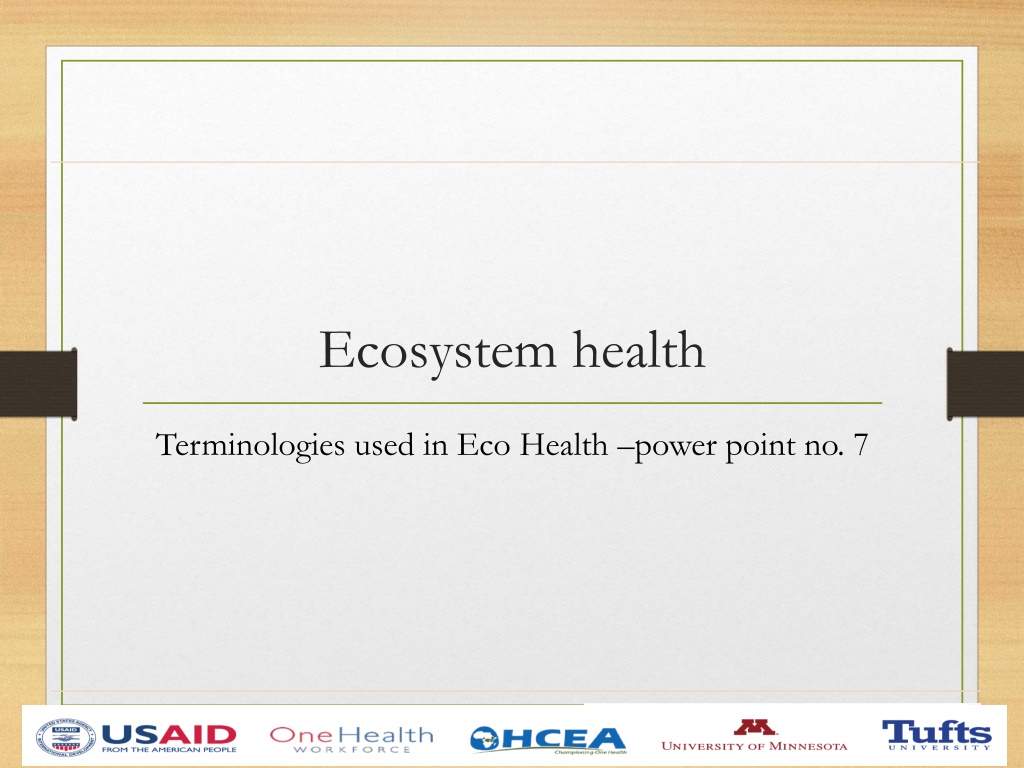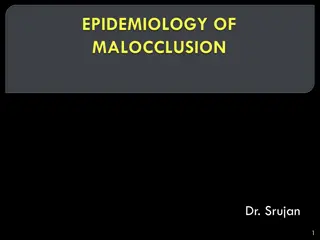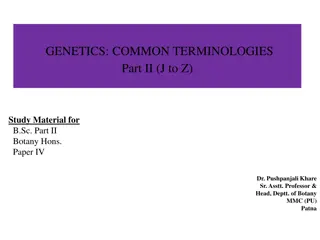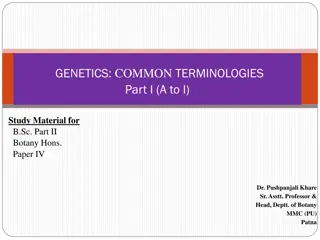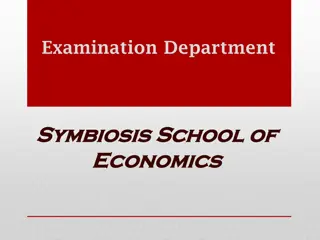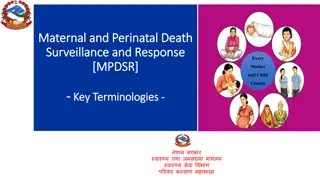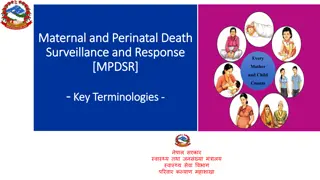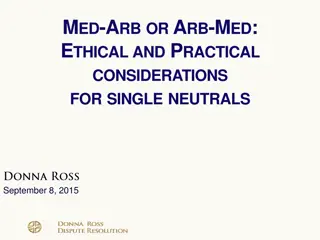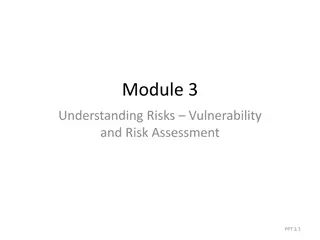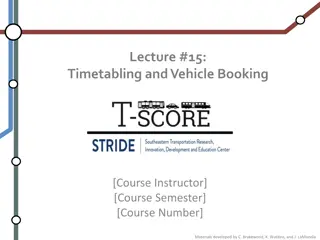Understanding EcoHealth: Terminologies and Concepts
Ecosystem health and EcoHealth explore the interconnectedness of humans, animals, and ecosystems. Concepts like One Health emphasize collaboration for optimal health across species. Terms like abiotic, biotic, habitat, and biodiversity are key in understanding ecosystems and their health. Symbiosis illustrates how species can interact, benefiting or harming each other. These terms provide a foundation for studying the dynamic relationships within ecosystems and promoting environmental well-being.
Download Presentation

Please find below an Image/Link to download the presentation.
The content on the website is provided AS IS for your information and personal use only. It may not be sold, licensed, or shared on other websites without obtaining consent from the author. Download presentation by click this link. If you encounter any issues during the download, it is possible that the publisher has removed the file from their server.
E N D
Presentation Transcript
Ecosystem health Terminologies used in Eco Health power point no. 7
EcoHealth Module Part 1: TERMINOLOGIES USED IN ECOHEALTH
Ecosystem Health Eco health recognizes the inherent interdependence of the health of humans, animals and ecosystems and explores the perspectives ,theories, methodologies emerging at the interface between ecological and health sciences. (Wilcox 2004 Ecosystems are dynamic and subject to both natural and human perturbations such as fire, flooding, drought, extinctions, invasive species, climate change, mining, fishing, farming, logging, and oil spills. While there is no universally accepted benchmark for a healthy ecosystem, there are common signs indicative of the degradation of ecosystems.
One Health; is the collaborative effort of multiple health science professions together with their related disciplines and institutions- working locally ,nationally, and globally- to attain optimal health of people, domestic animals, wildlife, plants and our environment.(One Health commission definition) Ecosystem; an ecosystem is a community of living organisms in conjunction with the non-living components of their environment (things like air, water and mineral soil), interacting as a system to generate energy. Prepared By Associate Professor Lawrence Mugisha, 2016
Abiotic: Physical, or nonliving, factors that shape an ecosystem. Examples include rocks, climate, pressure, soils, precipitation, sunlight, winds and humidity. These abiotic have a direct influence on living things. Biotic: Living factors such as plants, animals, fungi, protist and bacteria are all biotic or living factors. Biotic factors depend on abiotic factors to survive. The kind of biotic factors (living organisms) in a given area is often as a result of abiotic conditions of that area. Prepared By Associate Professor Lawrence Mugisha, 2016
Habitat: the area where an organism lives, including the biotic and abiotic factors that affect it. Bio diversity; this includes the variety of all life on earth and the natural patterns it forms. Biodiversity has got 3 key elements. these include; Ecological diversity; (biomes, provinces, ecoregions, ecosystem, habitat) Genetic diversity; (populations, individuals, chromosomes, genes, nucleotides) Organismal diversity; phyla, families, genera, species, subspecies, population, individuals Prepared By Associate Professor Lawrence Mugisha, 2016
Symbiosis: Relationship in which two species live closely together, usually benefiting from each other. There are three types of this relationship: a. Parasitism: parasite benefits, host is hurt. b. Commensalism: one species benefits, the other is neither hurt nor helped. c. Mutualism: both species benefit. Adaptation: This is the ability of an organism to use suitable measures and mechanisms to survive in its environment. A good example is the polar bear. It helps it to camouflage, so its prey cannot see it. Its thick fur also provides the warmth to help it survive in its frozen environment.
